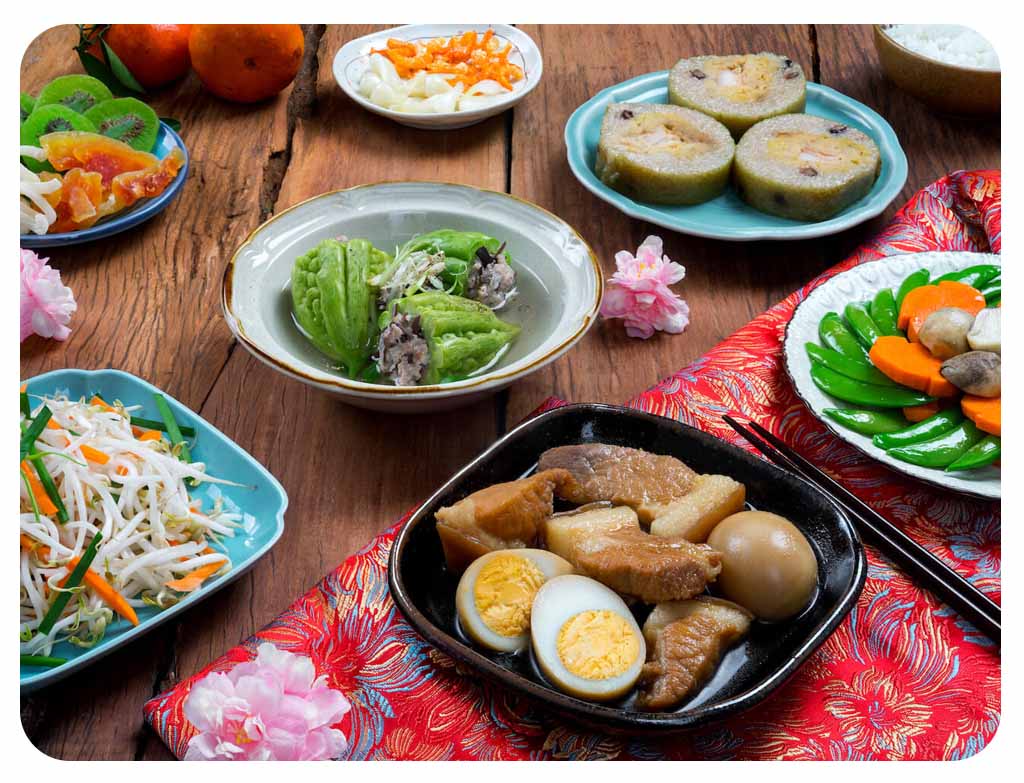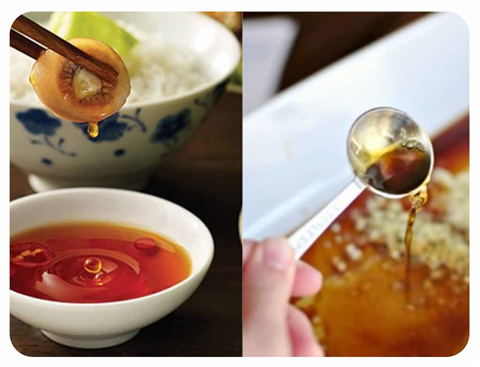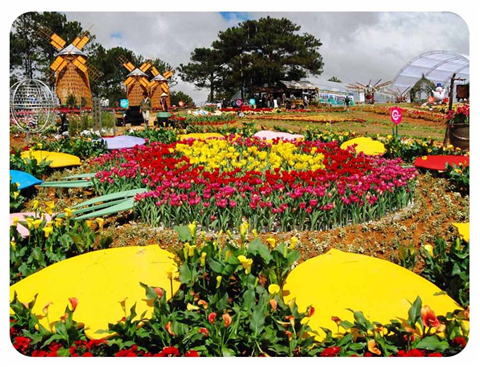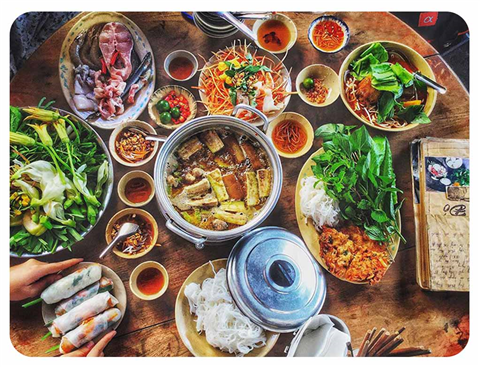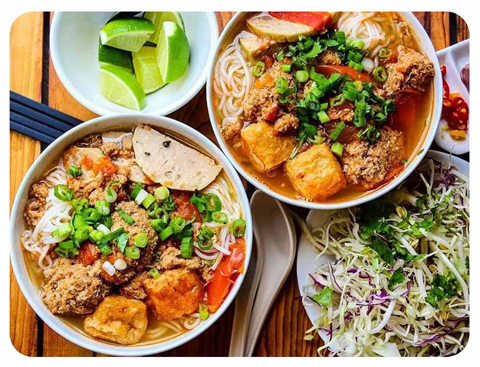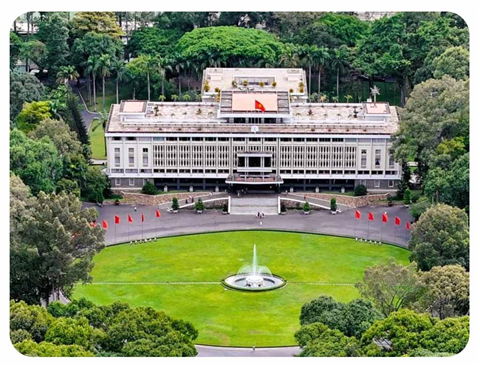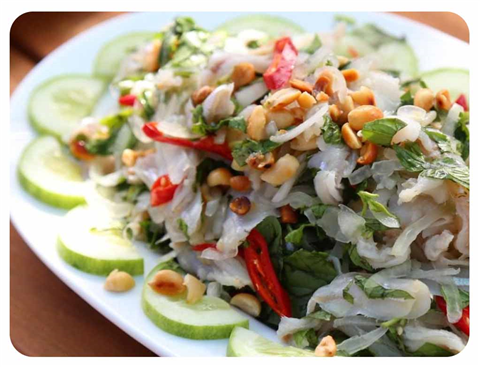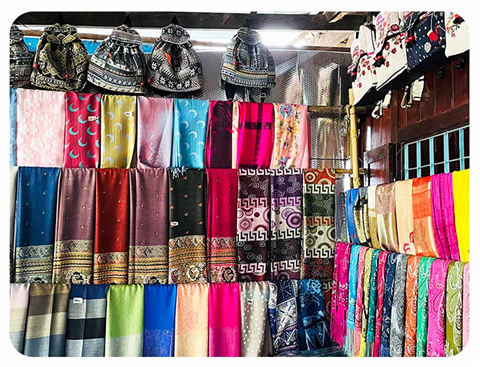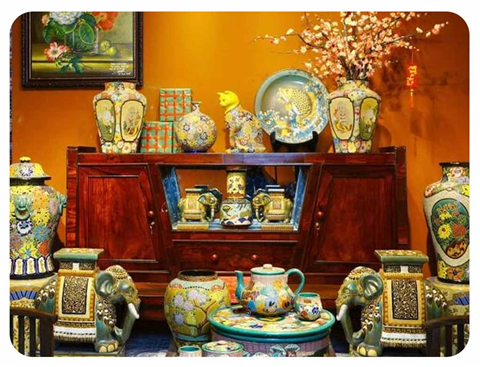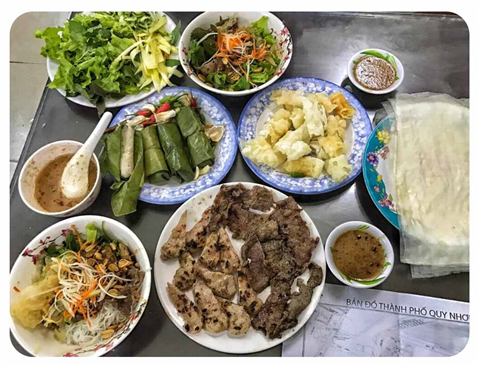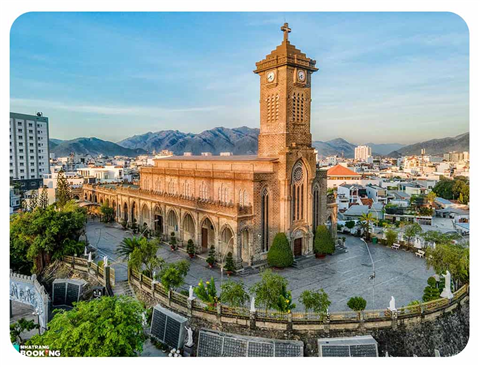Vietnamese New Year Food: A Feast of Tradition and Flavor
Introduction
Vietnamese New Year, or Tết, is not only a time of celebration and family reunions but also an occasion to indulge in a rich array of traditional dishes. Each food served during Tết carries symbolic meanings of prosperity, happiness, and good fortune, making the festive meals an integral part of Vietnamese culture.
The Significance of Vietnamese New Year Food
1. Symbolism in Every Dish
Each Tết dish is more than just food—it represents blessings for the new year. For example, sticky rice cakes symbolize gratitude, while sweet treats bring wishes for a sweet life ahead.
2. A Time for Family Bonding
Cooking and sharing meals during Tết strengthens family bonds, as the preparation process often involves the participation of multiple generations.
Essential Vietnamese New Year Dishes
1. Bánh Chưng and Bánh Tét
- Description: These are traditional sticky rice cakes filled with pork and mung beans. Bánh chưng is square-shaped, while bánh tét is cylindrical.
- Symbolism: Represent the earth and sky, as well as gratitude to ancestors.
2. Pickled Vegetables (Dưa Hành, Củ Kiệu)
- Description: Tangy and crunchy pickled onions and shallots are popular side dishes.
- Symbolism: Balance the richness of other Tết foods and cleanse the palate.
3. Candied Fruits (Mứt Tết)
- Description: Sweet candied fruits such as coconut, ginger, and kumquat are staples in every home.
- Symbolism: Represent sweetness and happiness for the year ahead.
4. Boiled Chicken (Gà Luộc)
- Description: A simple yet meaningful dish, served with lime leaves and a dipping sauce.
- Symbolism: Boiled chicken represents purity, prosperity, and offerings to ancestors.
5. Sticky Rice (Xôi Gấc)
- Description: A red-colored sticky rice dish made with gac fruit.
- Symbolism: The red color symbolizes luck and happiness.
Snacks and Sweets for Vietnamese New Year
1. Melon Seeds (Hạt Dưa)
A popular snack for Tết gatherings, melon seeds are cracked open during casual conversations, symbolizing the hope for growth and abundance.
2. Vietnamese Spring Rolls (Chả Giò)
Crispy and flavorful, these rolls are a must-have for Tết, symbolizing wealth due to their golden appearance.
3. Thịt Kho Tàu (Braised Pork with Eggs)
A savory and hearty dish, this represents family unity, with the round eggs symbolizing completeness.
How Vietnamese New Year Food Reflects Cultural Values
1. Gratitude to Ancestors
Many dishes are first offered on family altars as a gesture of respect and gratitude to ancestors.
2. Regional Variations
Northern, Central, and Southern Vietnam each have unique Tết specialties, reflecting the diversity of Vietnamese culinary culture.
3. Emphasis on Balance
The balance of flavors—sweet, sour, salty, and spicy—symbolizes harmony in life.
Where to Experience Vietnamese New Year Food
1. Family Homes
The most authentic Tết meals are enjoyed at home, surrounded by family.
2. Traditional Markets
Explore vibrant markets like Hanoi’s Old Quarter or Ho Chi Minh City’s Ben Thanh Market to find Tết ingredients and specialties.
3. Our Services
If you're overseas and wish to experience the joy of Vietnamese New Year food, our team can help you source authentic dishes and deliver them to your doorstep. Let us bring the flavors of Tết to your home.
Vietnamese New Year food is a vibrant celebration of culture, family, and tradition. From symbolic dishes like bánh chưng to sweet treats like mứt Tết, each item on the Tết menu is a reminder of the values and blessings cherished by Vietnamese people. Celebrate this Tết with a feast that brings joy, prosperity, and unforgettable flavors to your table!

